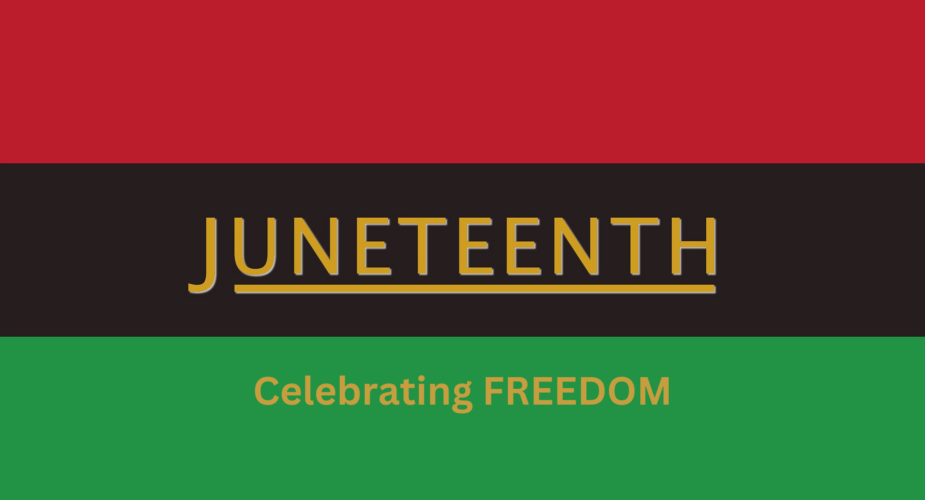Reaching Hill Staffers: It’s About “Hashtags and Handshakes,” Says Curley Company Survey
As a Washington, D.C.-based public affairs firm specializing in communications programs supporting government relations and lobbying initiatives, not a week goes by when we don’t find a client, partner or prospect asking us about the impact of social media on reaching congressional staffers:
“Should we be using social media to reach congressional offices?”
“How important is the traditional face-to-face meeting to the time-constrained, App-laden, digitally interconnected workforce of Capitol Hill?”
“Among the many ways of connecting with staffers, including both traditional and social communications methods, which ones are the best?”
We surveyed those questions, and more, earlier this year during our first ever #HillTasteTest – which explored congressional staffers’ “taste” for social and traditional communications channels. In particular, the survey addressed three main areas:
- preferred communications methods for informing congressional staffers about issues;
- how Hill staffers use various communications channels to position their bosses as “thought leaders;” and
- the types of content congressional offices seek to share with constituents.
The data collected suggest there is a preference and a role for both traditional and social media methods – but there are some obvious winners and losers among the many methods tested.
“The survey was clear – educating staff on issues of importance is about both hashtags and handshakes,” said Jennifer Curley, president and CEO of Curley Company.
“Every office is different,” added Curley. “Some offices are very tech savvy; others are deeply committed to traditional communications methods alone. The research suggests that a carefully tailored outreach approach is critical, and that the needs and preferences of constituents, when it comes to forms of communication, are almost always the deciding factor for congressional offices.”
Reaching Congressional Staffers
One section of the survey focused on methods by which Hill staffers preferred to receive information on issues. Choices included social media channels such as Twitter, Facebook, YouTube, LinkedIn and Instagram, as well as so-called traditional communications methods such as one-on-one meetings, group briefings, leave-behinds, cable television, national online or print news and email.
- National news outlets, email and face-to-face/one-on-one meetings topped the list of most preferred methods to get information about issues.
- Twitter ranked fourth among 13 communications methods and tops among social media channels – receiving the same number of votes as briefings/group meetings.
- Three social media channels – LinkedIn, YouTube and blogs – along with traditional direct mail were the bottom four methods according to the data.

“National news outlets are the 800-pound gorilla in this category, underscoring the continued need for traditional media relations campaigns that focus on issues,” said Curley. “But we’re urging our clients not to overlook the importance of Twitter – especially tweets from trusted sources – as a means of reaching and informing staffers.”
Positioning the Boss as a Thought Leader
The survey polled Hill staffers on communications methods used to position their boss as a “thought leader” on issues – a nearly universal goal among elected representatives. Response choices included traditional methods such as media interviews, speaking engagements, networking and op-eds as well as Facebook, Twitter, YouTube and LinkedIn. Blogs and official websites were also included.
- Media interviews ranked highest among staffers for positioning the boss as a thought leader.
- Official websites, networking, speaking engagements, Facebook and op-eds were viewed as very important by similar numbers of staffers.
- Official blogs and YouTube ranked near the bottom in overall importance.
- LinkedIn was viewed as important by only one in six staffers.
“Media interviews top the list for thought leadership, but there’s a disparate mix of communications methods lurking right behind,” said Curley. “The big surprise is the misunderstanding of the value of LinkedIn. In the corporate world, employees at all levels tend to their personal brand regularly. Chief executives’ brands are groomed regularly. President Obama’s LinkedIn profile is well maintained. That isn’t the case for bosses or staff on Capitol Hill.”
Content Desired by Staffers to Share with Constituents
Another portion of the survey asked Hill staffers for the type of content they valued to send to constituents. Again, clear winners and losers could be found.
- Content that is localized and relevant to their area was the leading response among 10 different categories.
- Current or recent content and data/statistics rounded out the top three responses.
- Entertainment value was at the bottom of the content category.
“In a single phrase, Hill staffers want localized, current data presented visually to pass along to constituents,” said Curley. “This underscores the use of infographics we’re helping clients create and share. For Hill staffers, funny is a distant second to smart.”

Our survey findings clearly show the value of traditional meetings and communications forms, and provide concrete data to support that value:


The results also show government relations professionals the relative importance of newer forms of communications:

Finally, the survey findings provide excellent guidance on the types of materials sought by Hill staff when hoping to raise grassroots support from their constituencies:
Kisses and Watermelon Slices
Overall, there was little statistical difference between responses from male versus female staffers, Senate versus House staffers, and younger versus older staffers. On one question, however, there was a difference between democratic and republican responses.
Curley Company provided candy for Hill staffers while taking the survey – which included one question about their preference in treats.
“The votes are in! Republican staffers prefer watermelon slice candies and democratic staffers prefer Hershey’s Kisses,” said Curley. “They are sweet on sweets – but we’re still trying to figure out how to factor that into outreach programs for our clients.”










